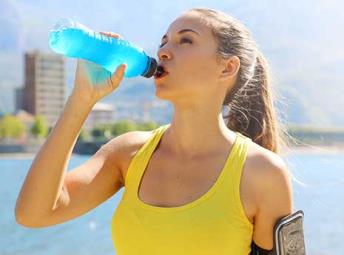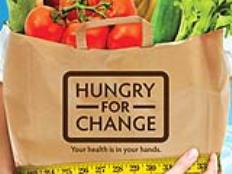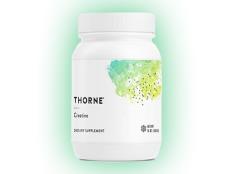What Percent of My Calories Should Come from Fat?
The percent of total calories that should come from fat is whatever is left after consuming a foundation of grains, fruits and vegetables to fuel your muscles, and adequate protein-rich foods (lean meat, fish, beans, low-fat dairy, soy) to build and repair your muscles. The percent of total calories from fat is less critical than the type of fat.
The 2015 Dietary Guidelines recommend no more than 10 percent of calories come from saturated fat. That means, if you eat 2,000 calories a day (a reducing diet from most runners), you can choose 200 calories (22 grams) of saturated fat a day. Ideally, you will choose foods rich in nutrients, such as 2 percent milk (3 g sat-fat per 8 ounces); low-fat cheese (3-6 g sat-fat per ounce), or hard-boiled eggs (1 g sat-fat per egg) — not on empty-calorie butter (7 g sat fat per tablespoon) or coconut oil (12 g sat-fat per tablespoon).
Unsaturated fats knock down inflammation. For athletes who damage muscles during hard exercise, reducing inflammation can enhance recovery. Hence, you want to eat healthy fats—extra virgin olive oil, avocado, all-natural peanut butter, nuts, and salmon. Their fats are not only anti-inflammatory, but also needed to absorb vitamins A, D, E and K. Plus, they help food taste better.
Enjoying some healthful fat in each meal makes the meal yummier and more satisfying—and easier for you to avert hankerings for decadent desserts.
Note: While unsaturated fats can be health promoting, they are calorie-dense. One tablespoon of oil has 120 calories. Eat fats in portions that fit within your calorie budget.
Are Fat-Free Foods Wise Additions to a Sports Diet?
The answer to that question depends on what other foods are in the entire meal. The goal is not fat-free meals. That is, a fat-free breakfast of Cheerios and skim milk can leave you feeling "unfed" and hankering for a donut or two by 9:30 a.m. In comparison, choosing 2 percent milk could help you feel satiated. Better yet, add whole grain toast with all-natural peanut butter to the breakfast and you will be truly content.
Similarly, a salad with fat-free dressing can leave you hankering for cookies—unless you toss in some quality calories, such as avocado, chopped walnuts, tuna and extra-virgin olive oil. Including some health-promoting fat in each meal and snack might actually help save you calories in the long run.
Should I Avoid Peanut Butter?
No. Research suggests people who eat nuts and peanut butter are not fatter than people who avoid those foods. While the majority of calories in peanut butter do come from fat, the good news is the fat is primarily poly- and mono-unsaturated (only 1 g sat-fat per tablespoon all-natural peanut butter). Hence, peanut and other nut-butters protect against heart disease and diabetes, two diseases related to inflammation. Like all fats, enjoy nut butters in portions that fit within your calorie budget.
I consider peanut butter to be one of the best sports foods (and diet foods) around, not just because it knocks down inflammation, but because it is yummy and satiating. That is, a lunchtime low-fat turkey sandwich leaves me hankering for dessert, but a peanut butter and honey sandwich leaves me feeling satiated for several hours; no snacks needed.
The bottom line: Enjoying health-promoting unsaturated fats in your sports diet reduces inflammation, enhances absorption of certain vitamins, helps curb the appetite — and adds yumminess. Just don't overeat calories from fat —and any type of food, for that matter. The mantra "eat excess calories, get fat" is more accurate than "eat fat, get fat."
Related Articles:
- 3 Reasons to Eat More Healthy Fats
- 5 Common Habits That Could be Making You Fat
- Do Low-Carb, High Fat Diets Sap Performance
 Find more nutrition tips.
Find more nutrition tips.
- 2
- of
- 2
About the Author

Sports nutritionist Nancy Clark MS RD CSSD has a private practice in the Boston-area (Newton; 617-795-1875), where she helps both fitness exercisers and competitive athletes create winning food plans. Her best-selling Sports Nutrition Guidebook, and food guides for marathoners, cyclists and soccer players, as well as teaching materials, are available at www.nancyclarkrd.com. For online workshops, visit www.NutritionSportsExerciseCEUs.com.







Discuss This Article